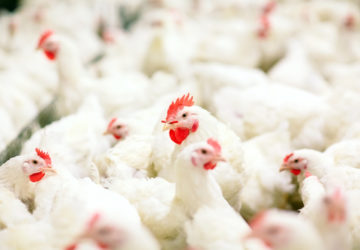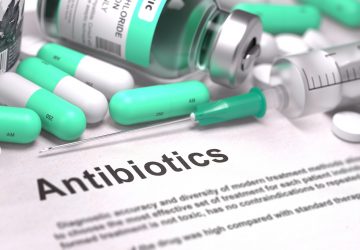In a Minneapolis Star-Tribune op-ed, Karin Winegar pines for the mythical good old days when farms were small, mad cows were unheard of, and meat tasted good. Speaking of modern agriculture, she waxes: “Whether shrimp in the former mangrove forests of Thailand or black Angus cattle in Nebraska feedlots, these are more factory than farm. They are about speed and density, monocultures that produce lagoons of waste and meat with little flavor. My grandparents would have been horrified.”
Among the half-truths being circulated about modern livestock farming is the notion that so-called “factory farming” is responsible for every food-borne ailment imaginable, none of which would be around if we all just raised 50 cows like grandma did. It’s worth noting, though, that this small-farm model was responsible for the recent unabated spread of foot-and-mouth disease. This according to varied sources:
·• The Washington Times: “…in the case of foot and mouth, modern agricultural methods seem to deserve little blame, since most of the infected animals were not part of massive ‘factory farms,’ where tight packing could have accelerated the spread of the virus. Most of the farms in Britain are family owned, where animals graze on open pasture.” (editorial, March 30, 2001)
·• The Bath (UK) Chronicle: “So let’s hope we hear no more idiots on TV and radio claiming that ‘factory farming’ has caused the foot-and-mouth outbreak, when we have no factory farms.” (farmer’s op-ed, March 8, 2001)
·• The London Daily Telegraph: “…a small pig unit run on a shoestring by two gum-booted brothers with impenetrable Wearside accents is hardly industrial farming. It is rather more like the sort of peasant smallholding that we are all told to prefer. For instance, if it is true that the pigs got the virus from contaminated swill derived from uneaten restaurant or school meals, then this is a damnation not of industrial farming, but of the opposite. The swill was local, with a short chain of supply; it was natural, healthy and hygienically produced (it was good enough for schoolchildren); it was being recycled. Exactly the sort of thing for which the organic movement is always calling.” (farmer’s op-ed, March 2, 2001)




